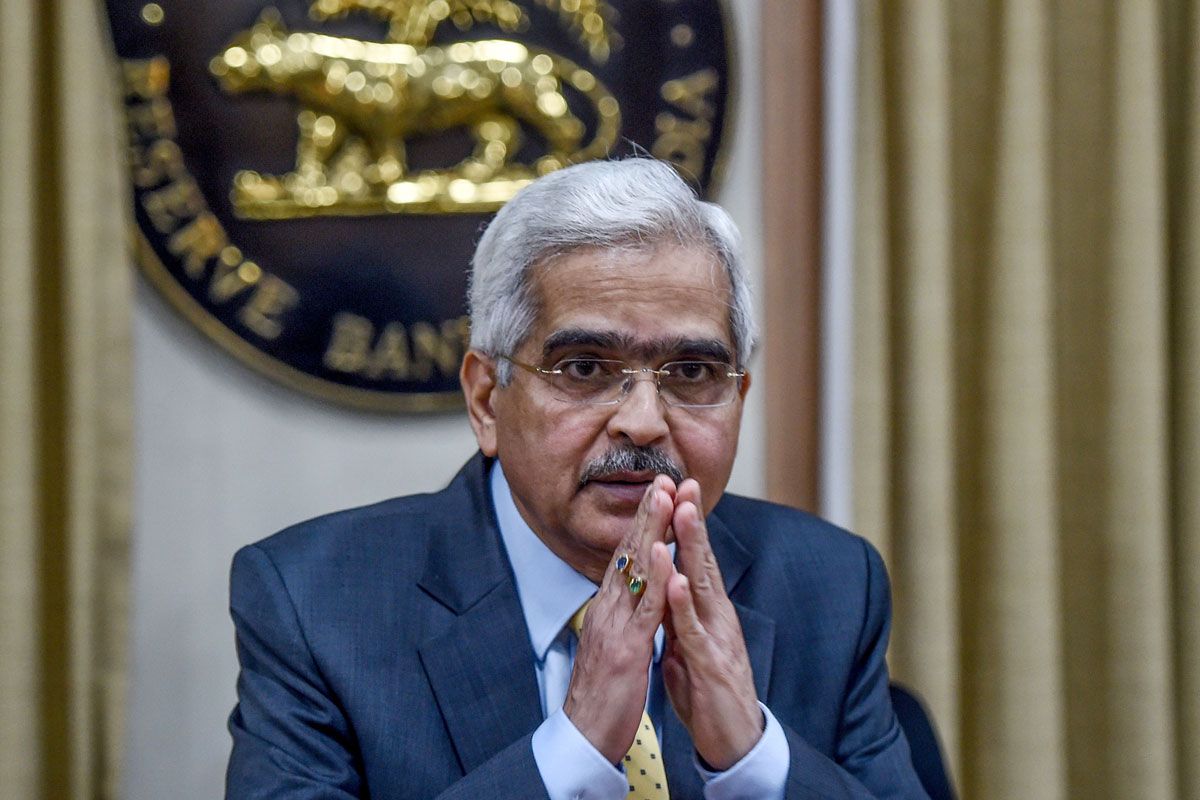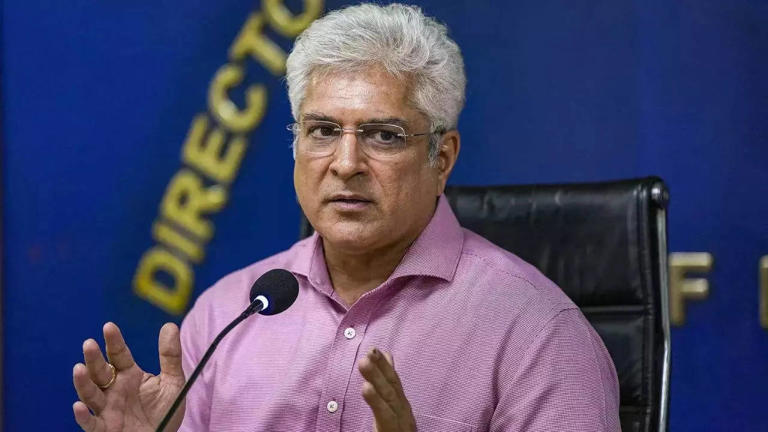Home / india / India’s First Long-Range Hypersonic Missile: Advancing India’s Defense Frontier
India’s First Long-Range Hypersonic Missile: Advancing India’s Defense Frontier
By: My India Times
4 minutes read 42Updated At: 2024-12-07
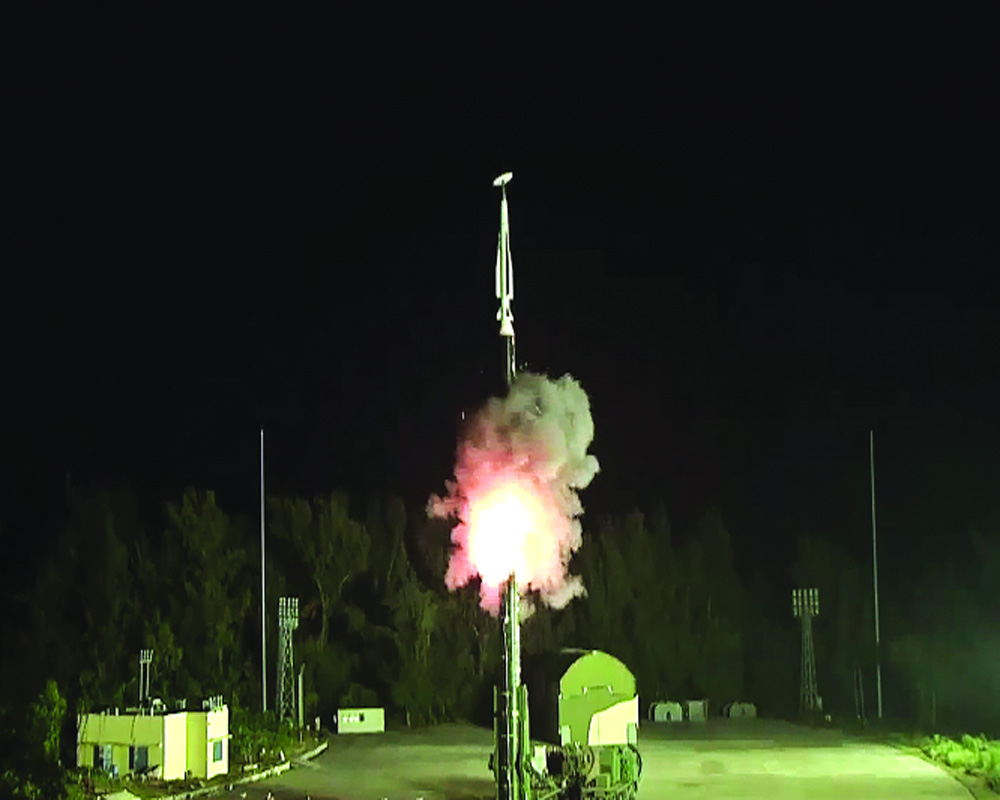
On November 16, 2024, India marked a historic achievement with the successful flight trial of its first long-range hypersonic missile. This groundbreaking test, conducted by the Defence Research and Development Organisation (DRDO) from Dr. A.P.J. Abdul Kalam Island off Odisha's coast, signifies a major leap in India’s defense capabilities. With the ability to travel distances exceeding 1,500 kilometers, this development firmly positions India among the few nations mastering hypersonic weapon technology.
Understanding Hypersonic Missiles
Hypersonic missiles are distinguished by their ability to travel at speeds of Mach 5 or higher—that’s over 6,175 km/h. Hypersonic missiles, in contrast to traditional ballistic missiles, combine exceptional speed and mobility, allowing them to change direction in midair.This makes them exceptionally difficult to detect, track, and intercept. Given the importance of speed and unpredictability in contemporary warfare, their accuracy and adaptability on the battlefield provide a substantial edge.
Highlights of the Test Launch
The successful flight trial took place in the evening of November 16, 2024, from the Dr. A.P.J. Abdul Kalam Island testing facility. The Eastern Naval Command (ENC) confirmed the success on November 17, 2024.This missile launch exemplified the system's capability to achieve exceptional stability, precision, and velocity while accommodating a range of payloads. It highlighted the strides made by DRDO in advanced missile technology and underscored India's commitment to defense modernization and strategic preparedness.
Key Capabilities of the Missile
The newly tested hypersonic missile incorporates several advanced features that make it a strategic asset for India:
- Extended Range: Capable of striking targets over 1,500 kilometers away.
- Extreme Speed: Achieves speeds greater than Mach 5 (6,175 km/h), making interception nearly impossible.
- Payload Versatility: Designed to carry both conventional warheads and strategic nuclear payloads.
- Advanced Maneuverability: Can change direction mid-flight, bypassing enemy defense systems.
These capabilities enhance both offensive operations and defensive deterrence, solidifying India’s strategic strength.
Strategic Importance for India
Developing hypersonic missile technology boosts India’s defense posture significantly. In a region marked by geopolitical tensions, hypersonic weapons ensure that India maintains strategic parity with countries like China, Russia, and the United States. The ability to strike high-value targets with speed and precision enhances deterrence, ensuring potential adversaries think twice before taking aggressive actions.
DRDO’s Role in Technological Excellence
The DRDO’s successful development of the hypersonic missile underscores its commitment to cutting-edge defense research. Over the years, DRDO has been pivotal in creating various missile systems, including ballistic and cruise missiles. This latest success demonstrates advances in fields like aerodynamics, propulsion systems, and materials engineering. It aligns with the ‘Make in India’ initiative, highlighting the nation’s goal of achieving self-reliance in defense technology.
Dr. A.P.J. Abdul Kalam Island: India’s Missile Testing Hub
Located off the coast of Odisha, Dr. A.P.J. Abdul Kalam Island (formerly Wheeler Island) has been the focal point for many of India’s missile tests. Equipped with state-of-the-art facilities, this island provides a vast and secure space for testing long-range weaponry over the Bay of Bengal. Its strategic location and infrastructure make it ideal for evaluating advanced missile technologies like hypersonic systems.
The Global Hypersonic Arms Race
The development of hypersonic weapons is a priority for major military powers, including Russia, China, and the United States. For instance, Russia’s Avangard and China’s DF-ZF are already in deployment. India’s successful test showcases its resolve to remain competitive in this evolving defense landscape. By investing in indigenous hypersonic technology, India ensures it can stand alongside the world’s most advanced military nations.
Impact on India’s National Security
Integrating hypersonic missiles into India’s arsenal brings multiple strategic advantages:
- Enhanced Deterrence: Demonstrates advanced capabilities, discouraging adversaries from hostile actions.
- Rapid Response: Allows swift targeting of enemy assets before they become a significant threat.
- Overcoming Defense Systems: Hypersonic speeds and maneuverability make these missiles difficult for traditional defense systems to intercept.
In a rapidly evolving security environment, these capabilities ensure that India remains well-prepared to handle emerging threats.
Future Developments in Hypersonic Technology
This successful test is likely just the beginning of India’s advancements in hypersonic weaponry. Future enhancements may include:
- Extended Range: Developing missiles that can strike targets beyond 2,000 kilometers.
- Nuclear Compatibility: Equipping hypersonic missiles with nuclear warheads for strategic deterrence.
- Sea-Based Launch Platforms: Deploying hypersonic missiles on submarines for increased tactical flexibility.
These developments will further strengthen India’s position as a global leader in missile technology.
Conclusion: A New Chapter in Defense Capabilities
The successful flight trial of India’s first long-range hypersonic missile marks a transformative moment in the nation’s defense strategy. With its unparalleled speed, precision, and versatility, this missile enhances India’s strategic deterrence and operational capabilities. The achievement is a testament to DRDO’s innovation and India’s commitment to self-reliance in defense. As global military dynamics shift, this milestone ensures India remains a formidable force, ready to meet future challenges with confidence and precision.
....On November 16, 2024, India marked a historic achievement with the successful flight trial of its first long-range hypersonic missile. This groundbreaking test, conducted by the Defence Research and Development Organisation (DRDO) from Dr. A.P.J. Abdul Kalam Island off Odisha's coast, signifies a major leap in India’s defense capabilities. With the ability to travel distances exceeding 1,500 kilometers, this development firmly positions India among the few nations mastering hypersonic weapon technology.
Understanding Hypersonic Missiles
Hypersonic missiles are distinguished by their ability to travel at speeds of Mach 5 or higher—that’s over 6,175 km/h. Hypersonic missiles, in contrast to traditional ballistic missiles, combine exceptional speed and mobility, allowing them to change direction in midair.This makes them exceptionally difficult to detect, track, and intercept. Given the importance of speed and unpredictability in contemporary warfare, their accuracy and adaptability on the battlefield provide a substantial edge.
Highlights of the Test Launch
The successful flight trial took place in the evening of November 16, 2024, from the Dr. A.P.J. Abdul Kalam Island testing facility. The Eastern Naval Command (ENC) confirmed the success on November 17, 2024.This missile launch exemplified the system's capability to achieve exceptional stability, precision, and velocity while accommodating a range of payloads. It highlighted the strides made by DRDO in advanced missile technology and underscored India's commitment to defense modernization and strategic preparedness.
Key Capabilities of the Missile
The newly tested hypersonic missile incorporates several advanced features that make it a strategic asset for India:
- Extended Range: Capable of striking targets over 1,500 kilometers away.
- Extreme Speed: Achieves speeds greater than Mach 5 (6,175 km/h), making interception nearly impossible.
- Payload Versatility: Designed to carry both conventional warheads and strategic nuclear payloads.
- Advanced Maneuverability: Can change direction mid-flight, bypassing enemy defense systems.
These capabilities enhance both offensive operations and defensive deterrence, solidifying India’s strategic strength.
Strategic Importance for India
Developing hypersonic missile technology boosts India’s defense posture significantly. In a region marked by geopolitical tensions, hypersonic weapons ensure that India maintains strategic parity with countries like China, Russia, and the United States. The ability to strike high-value targets with speed and precision enhances deterrence, ensuring potential adversaries think twice before taking aggressive actions.
DRDO’s Role in Technological Excellence
The DRDO’s successful development of the hypersonic missile underscores its commitment to cutting-edge defense research. Over the years, DRDO has been pivotal in creating various missile systems, including ballistic and cruise missiles. This latest success demonstrates advances in fields like aerodynamics, propulsion systems, and materials engineering. It aligns with the ‘Make in India’ initiative, highlighting the nation’s goal of achieving self-reliance in defense technology.
Dr. A.P.J. Abdul Kalam Island: India’s Missile Testing Hub
Located off the coast of Odisha, Dr. A.P.J. Abdul Kalam Island (formerly Wheeler Island) has been the focal point for many of India’s missile tests. Equipped with state-of-the-art facilities, this island provides a vast and secure space for testing long-range weaponry over the Bay of Bengal. Its strategic location and infrastructure make it ideal for evaluating advanced missile technologies like hypersonic systems.
The Global Hypersonic Arms Race
The development of hypersonic weapons is a priority for major military powers, including Russia, China, and the United States. For instance, Russia’s Avangard and China’s DF-ZF are already in deployment. India’s successful test showcases its resolve to remain competitive in this evolving defense landscape. By investing in indigenous hypersonic technology, India ensures it can stand alongside the world’s most advanced military nations.
Impact on India’s National Security
Integrating hypersonic missiles into India’s arsenal brings multiple strategic advantages:
- Enhanced Deterrence: Demonstrates advanced capabilities, discouraging adversaries from hostile actions.
- Rapid Response: Allows swift targeting of enemy assets before they become a significant threat.
- Overcoming Defense Systems: Hypersonic speeds and maneuverability make these missiles difficult for traditional defense systems to intercept.
In a rapidly evolving security environment, these capabilities ensure that India remains well-prepared to handle emerging threats.
Future Developments in Hypersonic Technology
This successful test is likely just the beginning of India’s advancements in hypersonic weaponry. Future enhancements may include:
- Extended Range: Developing missiles that can strike targets beyond 2,000 kilometers.
- Nuclear Compatibility: Equipping hypersonic missiles with nuclear warheads for strategic deterrence.
- Sea-Based Launch Platforms: Deploying hypersonic missiles on submarines for increased tactical flexibility.
These developments will further strengthen India’s position as a global leader in missile technology.
Conclusion: A New Chapter in Defense Capabilities
The successful flight trial of India’s first long-range hypersonic missile marks a transformative moment in the nation’s defense strategy. With its unparalleled speed, precision, and versatility, this missile enhances India’s strategic deterrence and operational capabilities. The achievement is a testament to DRDO’s innovation and India’s commitment to self-reliance in defense. As global military dynamics shift, this milestone ensures India remains a formidable force, ready to meet future challenges with confidence and precision.
By: My India Times
Updated At: 2024-12-07
Tags: india News | My India Times News | Trending News | Travel News
Join our WhatsApp Channel




.webp)


.webp)









































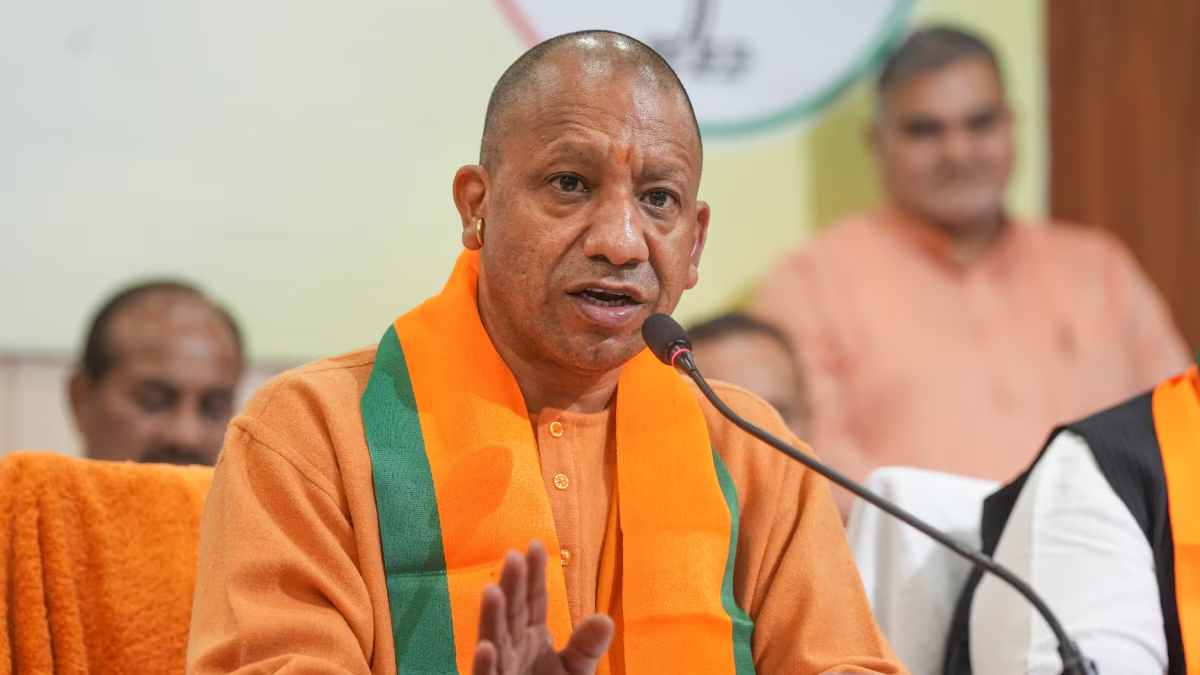
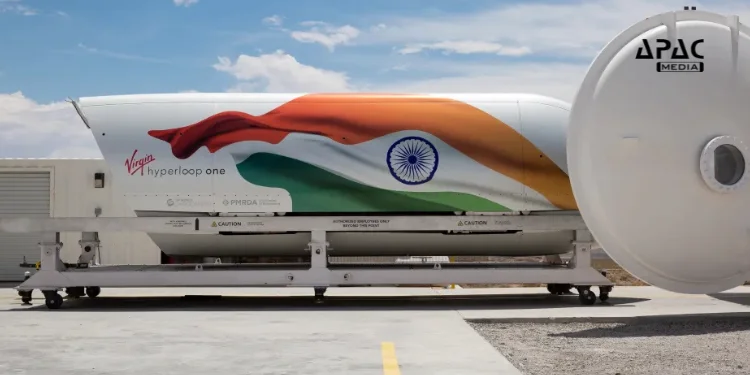



























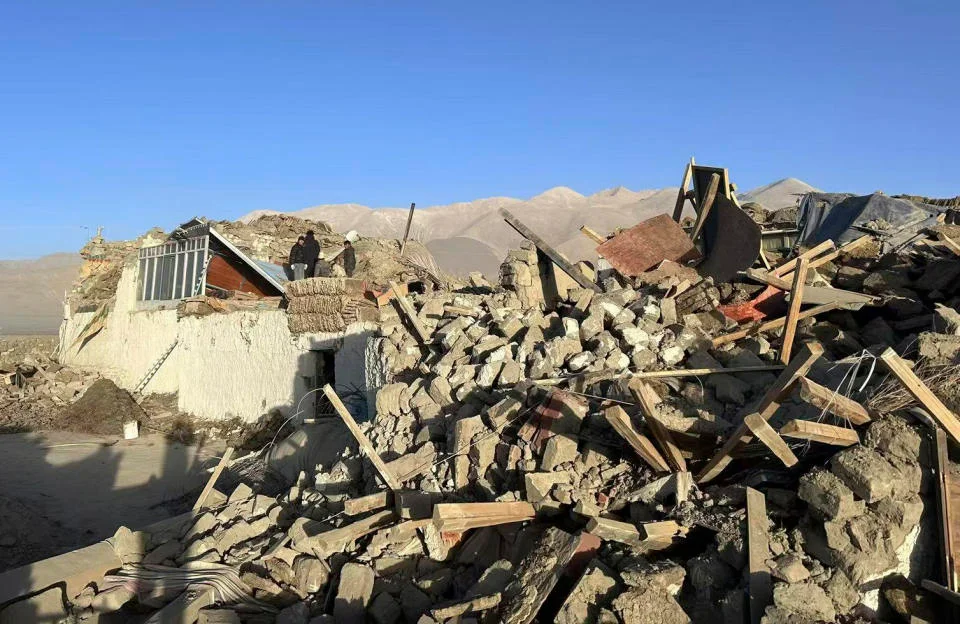




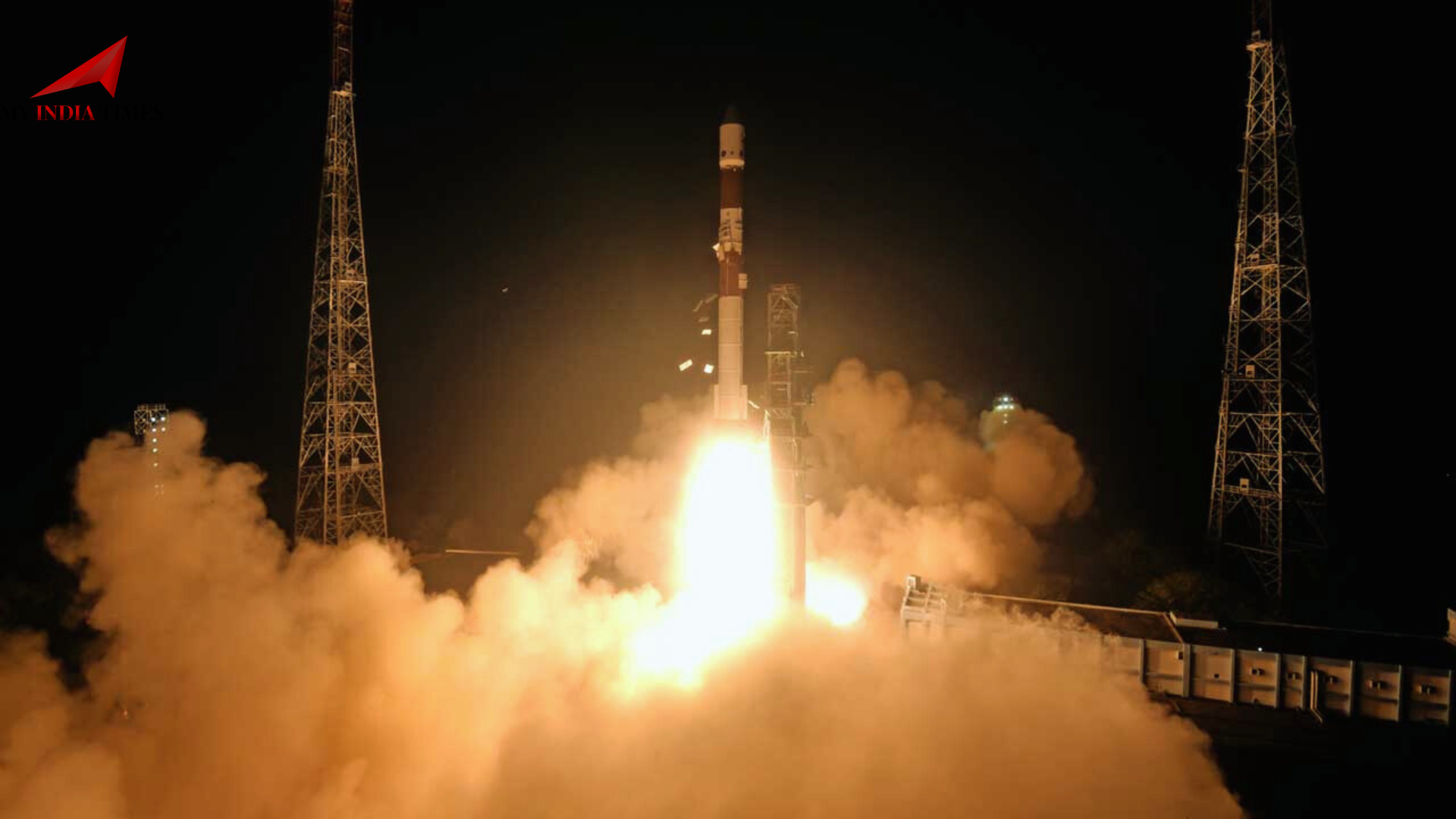

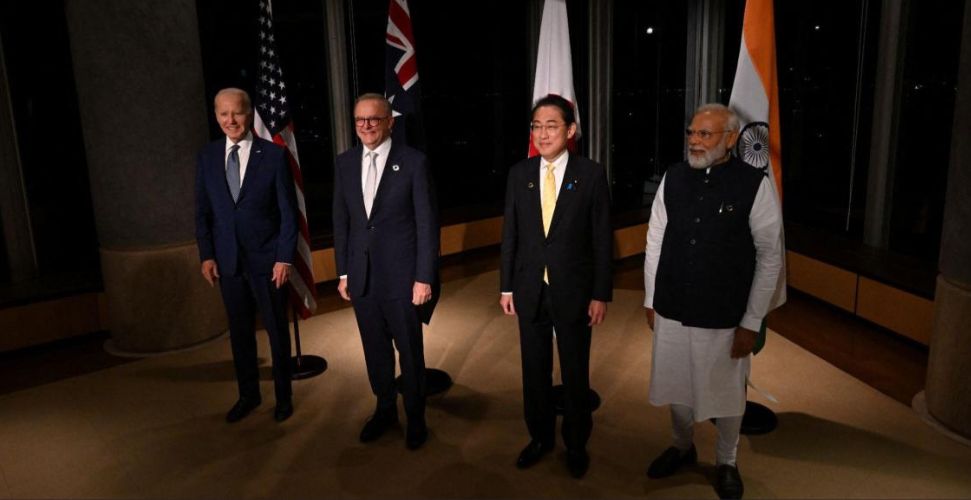




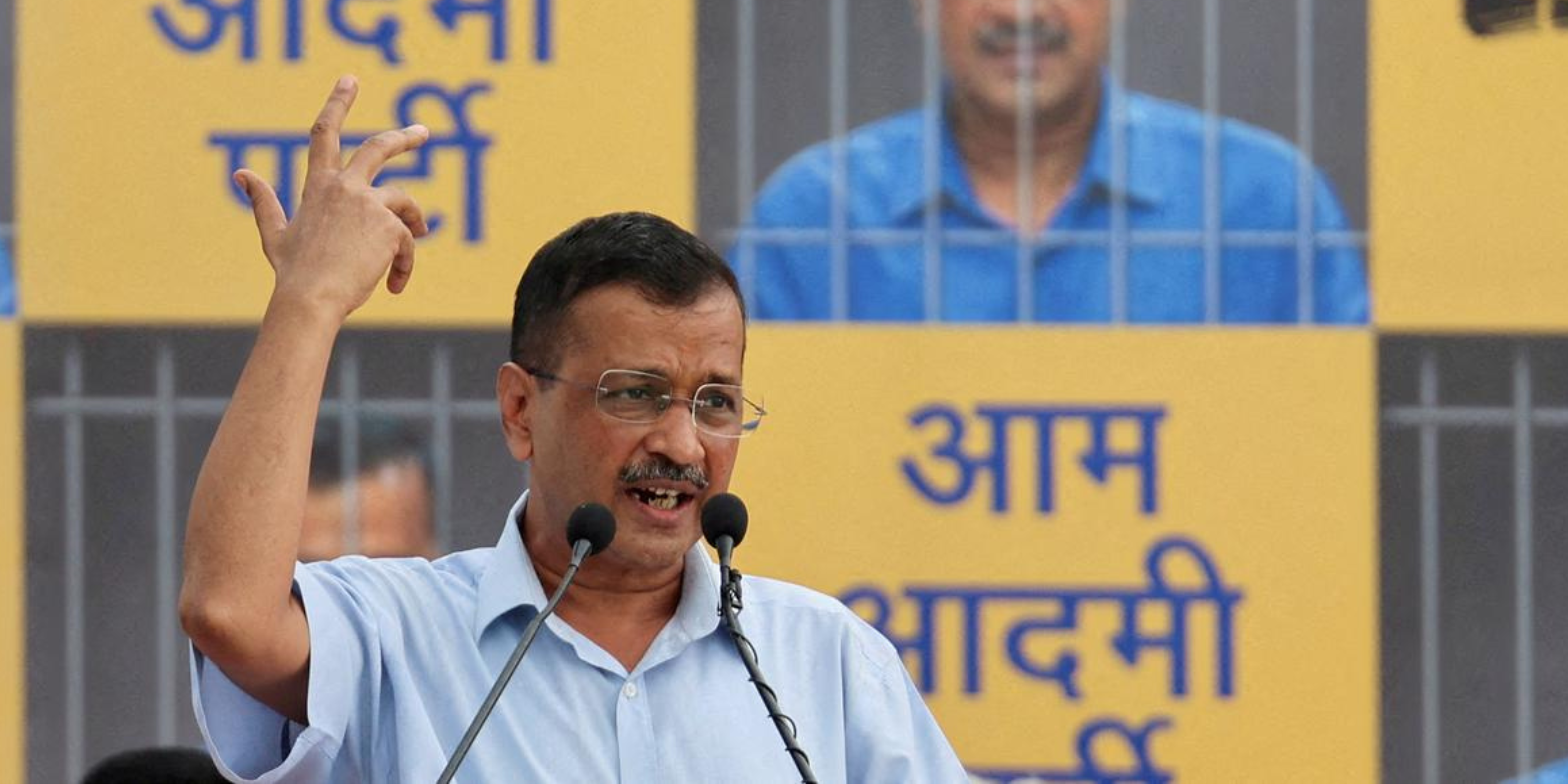








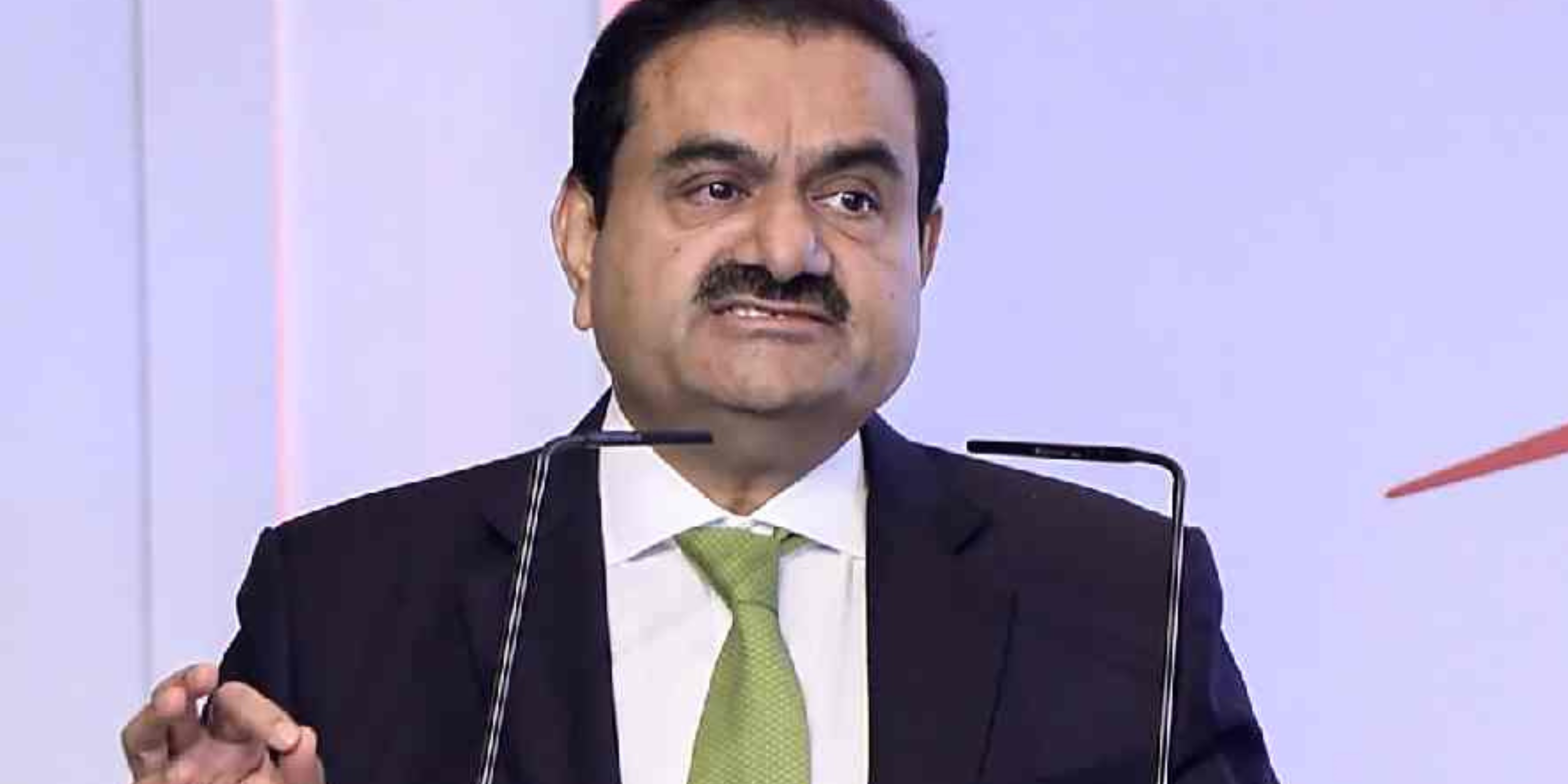



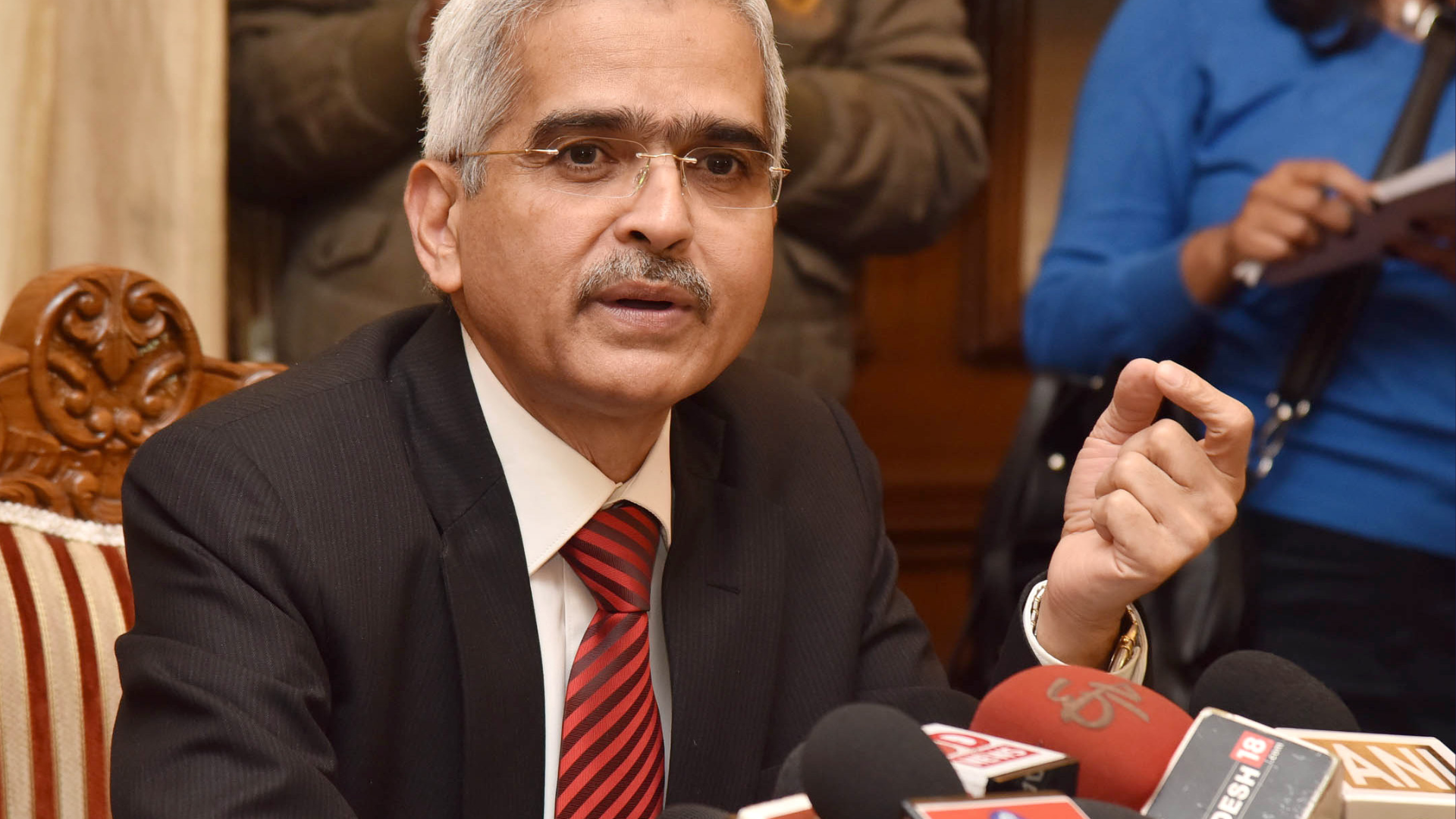







.png)
 (1).png)


